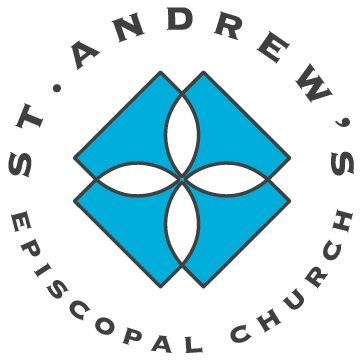Saturday, December 24, 2022
/Christmas Eve
Isaiah 9: 2-7; Psalm 96; Titus 2: 11-14; Luke 2: 1-14
The Rev. James M. L. Grace
In the Name of God: Father, Son, and Holy Spirit. AMEN.
“For all the boots of the tramping warriors and all the garments rolled in blood shall be burned as fuel for the fire. For a child has been born for us, a son given to us; authority rests upon his shoulders; and he is named Wonderful Counselor, Mighty God, Everlasting Father, Prince of Peace.”
These words, written by the prophet Isaiah centuries before the birth of Christ, were written to celebrate the arrival of a new king over ancient Israel. This new king, this Wonderful Counselor, would correct the harm done by his predecessor, a notoriously evil king named Ahaz.
Isaiah’s words express hope, the same kind of hope expressed by Republicans or Democrats whenever one from their respective party is elected president. The new king (or president) will turn things around, make changes, correct the wrongs of his (or her predecessor). Things will be right, finally. Are things ever right? Does the new king or president ever fully deliver on their promises? Does the hope ever match reality?
In the city of Bethlehem, a king was born to a young Jewish woman and her husband. A king born in the city of David – Bethlehem, a Hebrew word which translates as “house (beth) of bread (lehem). In Texas the Hebrew “beth-lehem” is translated as “Shipley’s Donuts” (House of Bread).
Several weeks ago, I visited modern Bethlehem which today is part of the West Bank in the country of Israel. In Bethlehem, our group visited the Church of the Nativity, which contains within it the traditional place of Christ’s birth in an ancient cave (or grotto) underneath the church’s altar.
The Church of the Nativity was constructed in the mid third century, and is the oldest site continually used for Christian worship in the world. I had a brief moment to walk into the grotto, to kneel before the fourteen-pointed silver star in the ground which marks the place of Christ’s birth, and say a prayer.
I don’t remember what exactly I prayed, but it was something to the effect of the words of Isaiah – I acknowledged that in this place (or at least close to it) the only true king the world has ever known, was born, changing the world.
Later that day we walked through Bethlehem, and we found ourselves walking by a section of a tall concrete wall which separates the West Bank from Israel. Upon this wall, there is abundant graffiti, some of it tied the story of Christmas. For example, a reference to the physical limitations walls such as this create, even upon the holy family – this phrase spraypainted onto the wall: “#Marycan’tmove”
I was caught between the sublime beauty of a quiet cave in one of the oldest churches in the Holy Land, and the modern-day controversy that is the situation of Palestinians living in the West Bank. Mary can’t move. I wondered – what impact on this real world Palestinian city did the birth of the messiah have? Was there any hope left?
In fact there was. I found it, in a store on a Bethlehem street corner. There on a shelf, I found a small concrete model of the separation wall, and painted on it is a young woman holding a hammer and with the hammer in her hand, and her perseverance, she slowly hammers away at the wall, carving out a hole through it. But she is not satisfied with it just being a hole, and so she keeps chipping away at the hole creating a heart.
The only way through the walls we build to separate ourselves from others is love. As long as there is love, there is hope. Tonight we remember long ago to a starry night, when hope was born in Bethlehem, and how that hope has spread around the world, breaking down walls of hate and separation, and reminding us once more that “A child has been born for us, a son given to us.” Merry Christmas. AMEN.

